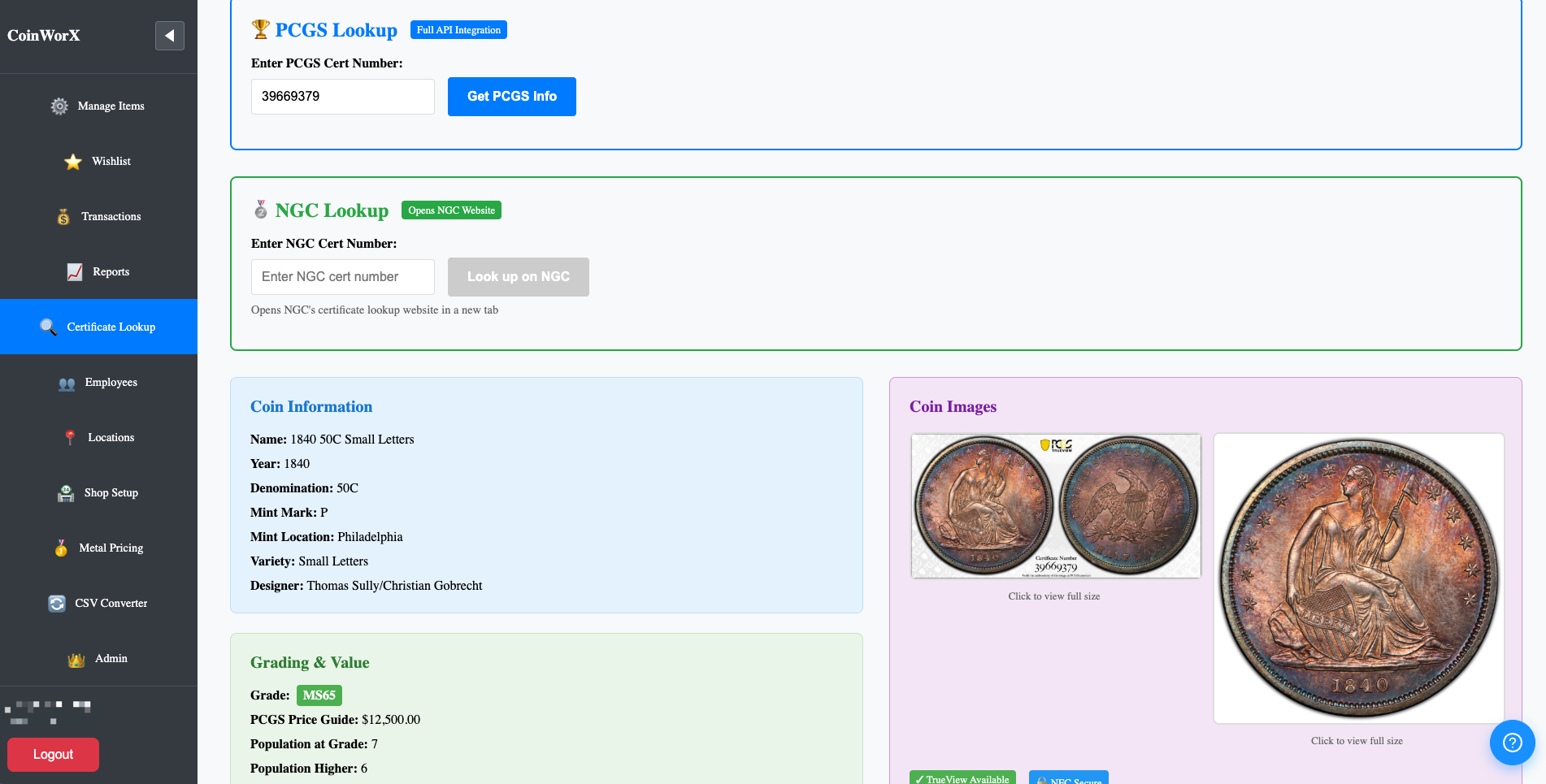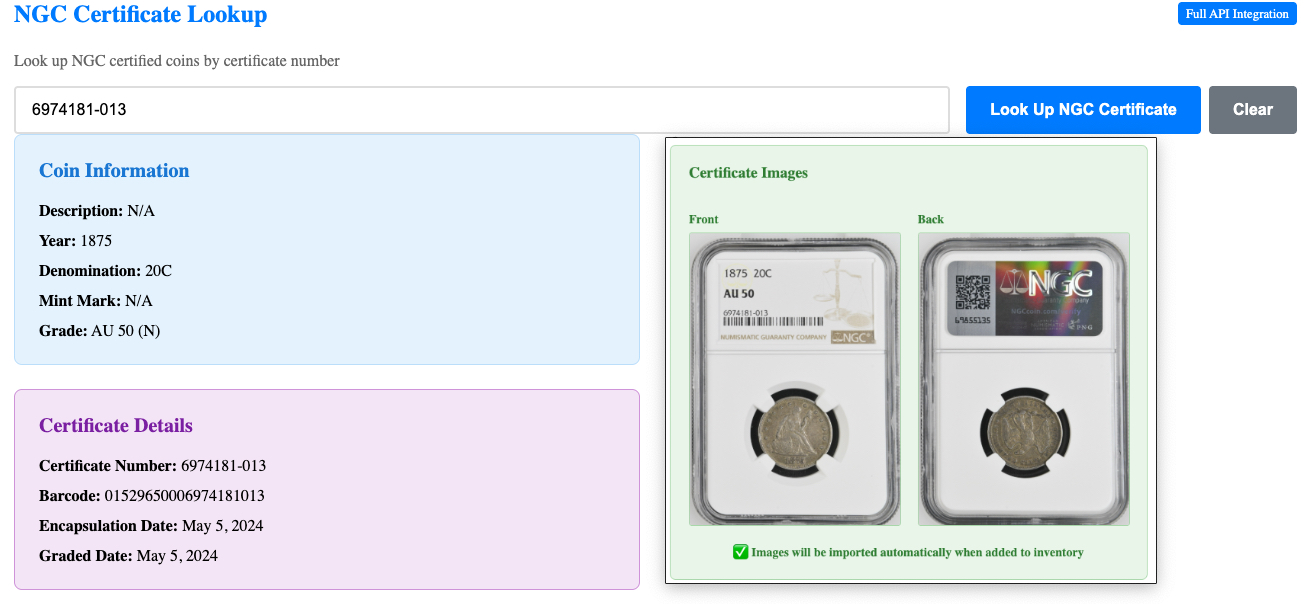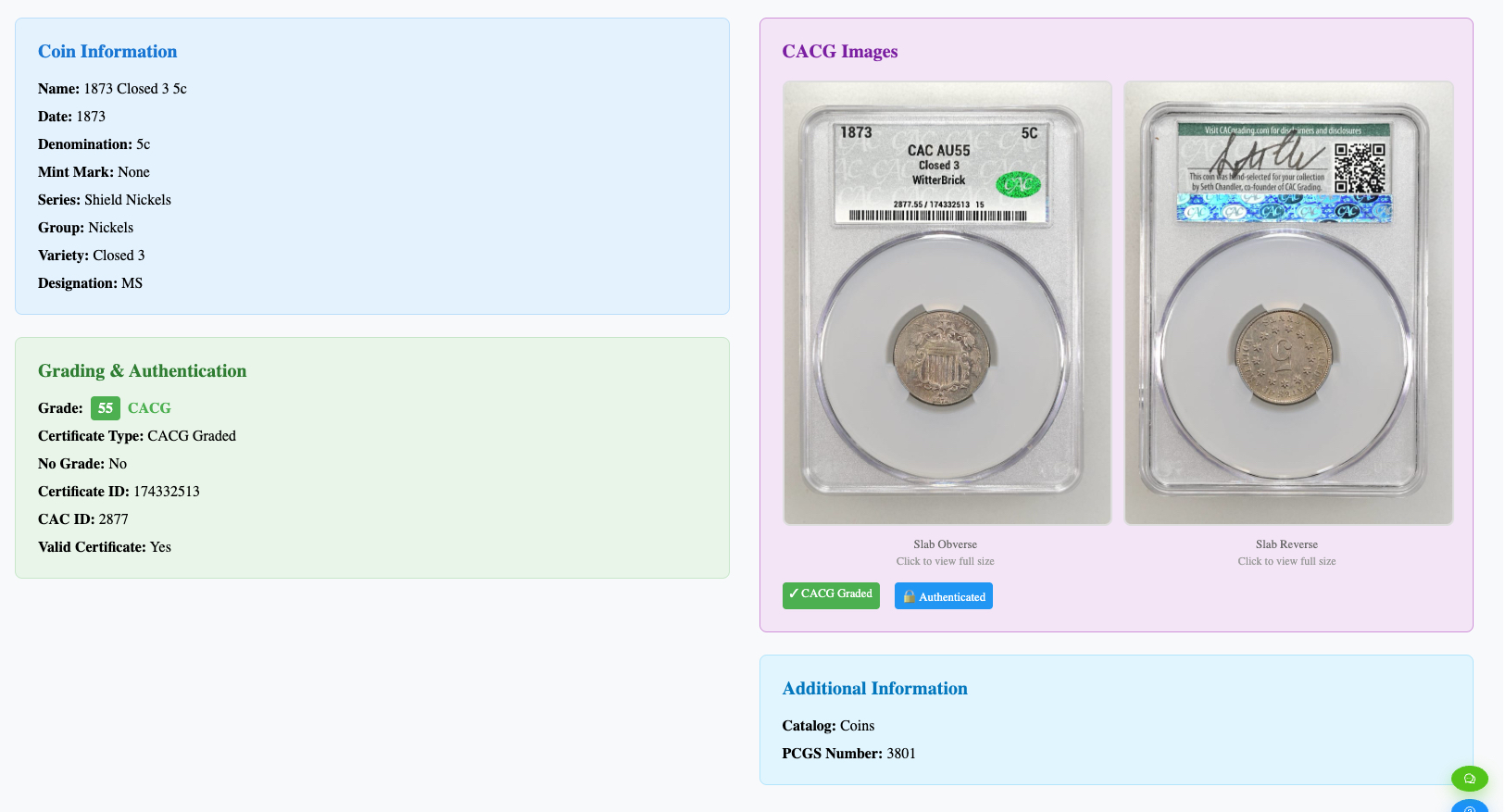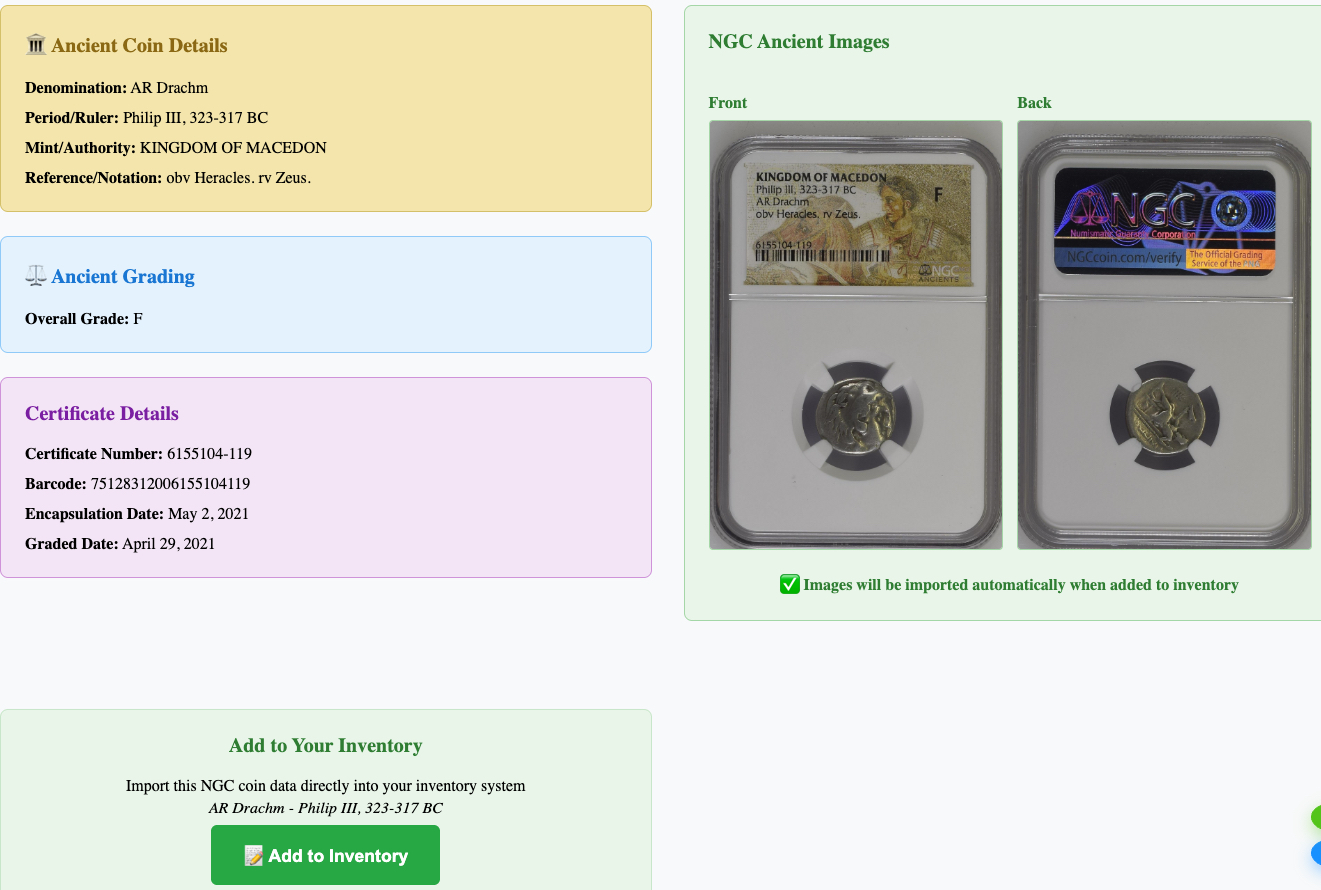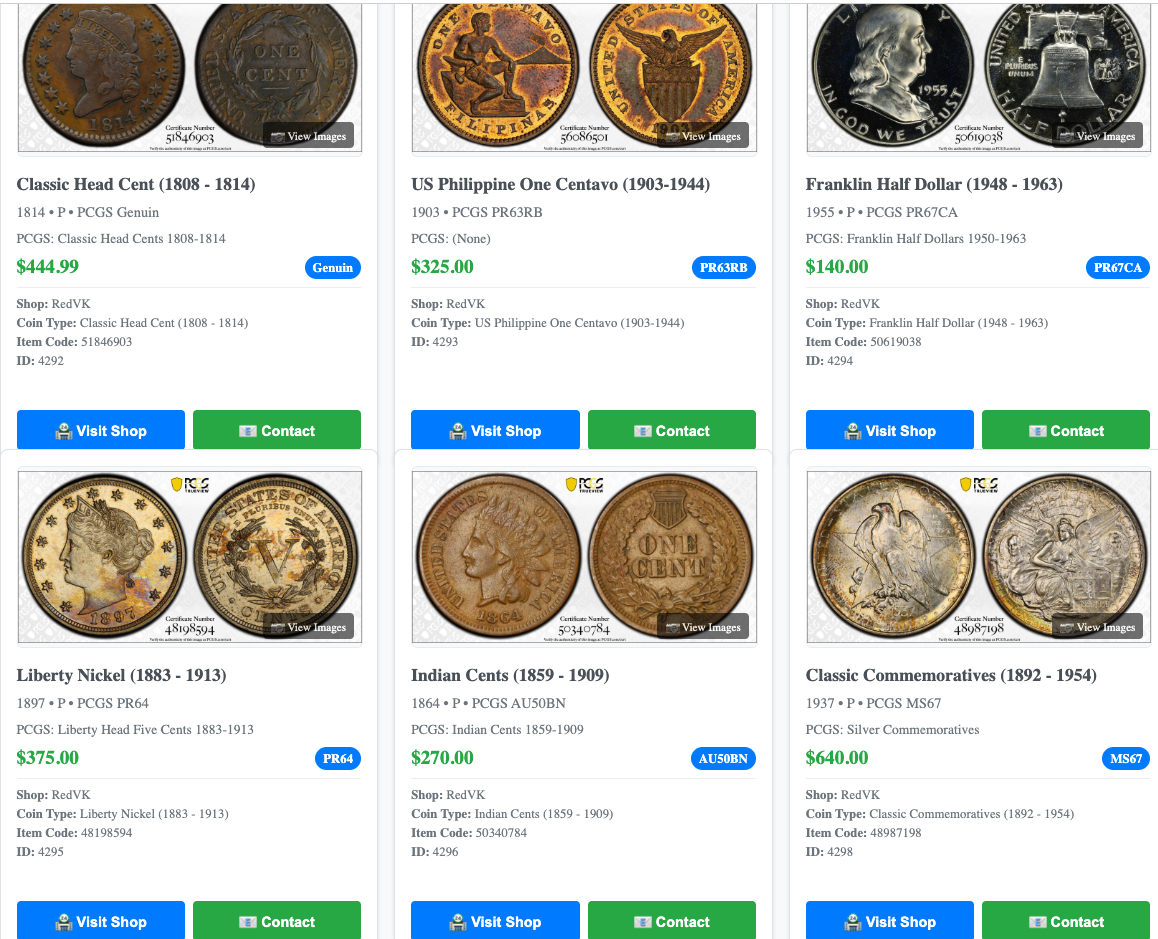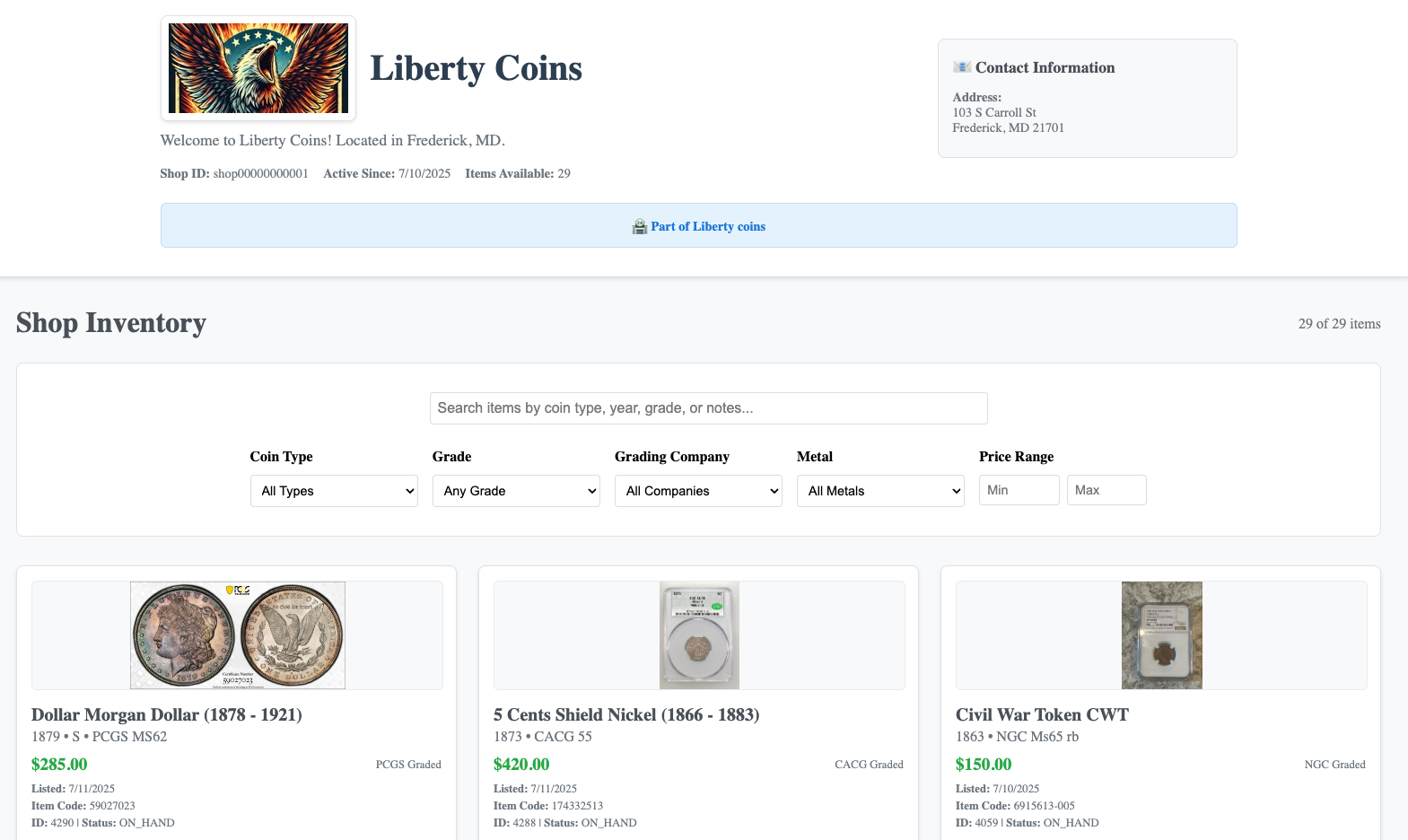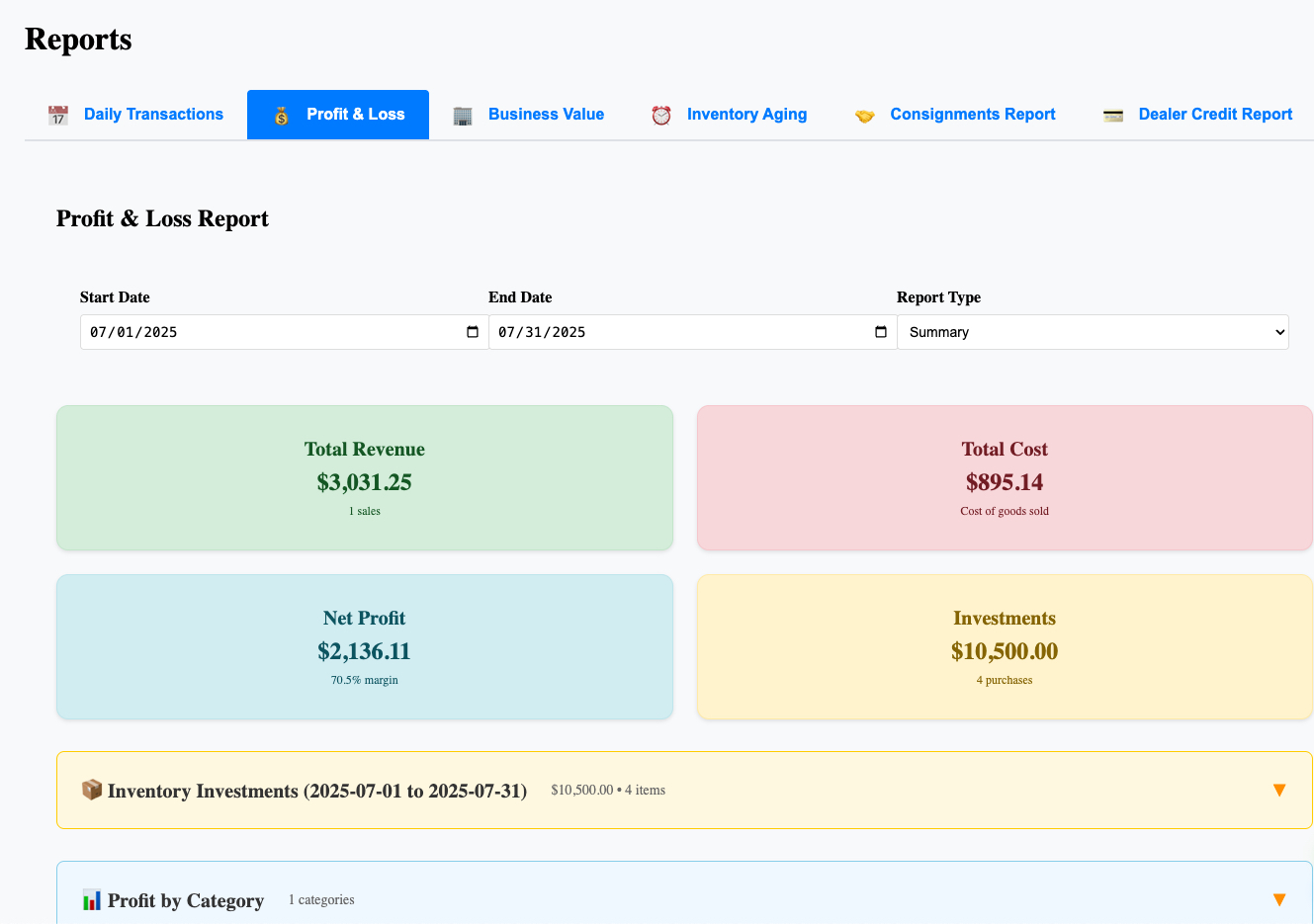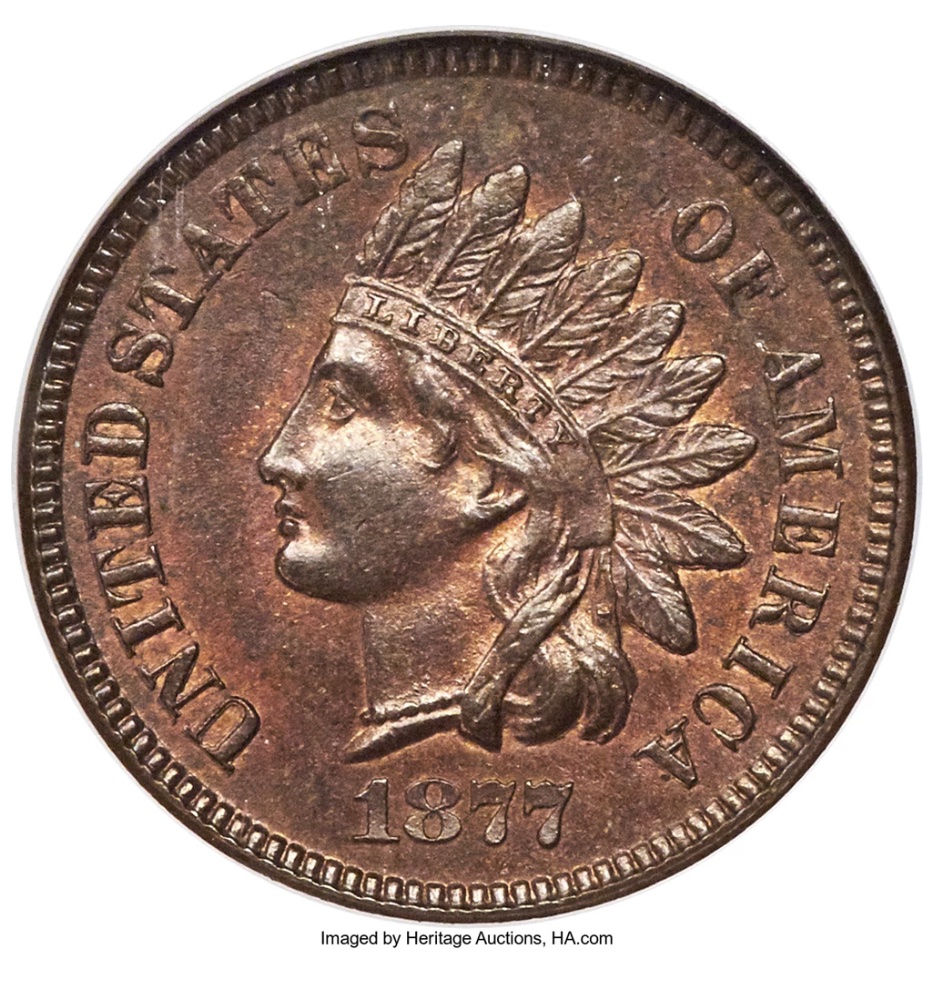
Indian Head cents represent one of the most beloved and historically significant coin series in American numismatics. Minted from 1859 to 1909, these coins bridged the gap between the Civil War era and the dawn of the 20th century, making them essential pieces for any serious coin collection. For collectors using modern coin collection software, tracking these key dates becomes crucial for building a complete and valuable set.
Indian Head cents represent one of the most beloved and historically significant coin series in American numismatics. Minted from 1859 to 1909, these coins bridged the gap between the Civil War era and the dawn of the 20th century, making them essential pieces for any serious coin collection. For collectors using modern coin collection software, tracking these key dates becomes crucial for building a complete and valuable set.
The Indian Head cent was designed by Chief Engraver James B. Longacre and officially released in 1859, replacing the problematic Flying Eagle cent that caused production difficulties. Despite its name, the coin actually features Liberty wearing a Native American headdress rather than an actual Indian chief.
The series underwent significant changes that modern coin collection software helps collectors track:
1859-1864: Copper-Nickel Composition
1864-1909: Bronze Composition
When cataloging these coins in collection management software, it's essential to distinguish between these compositional types, as they significantly impact both value and collectibility.
With a mintage of only 852,500 coins struck, the 1877 is the lowest mintage Philadelphia Mint struck Indian Head Cent and is considered THE key date of all Indian Head cents. This rarity stems from economic conditions during the post-Civil War recession.
Why the 1877 is So Valuable:
Current Market Values (tracked in coin collection software):
The 1909-S Indian Head Cent has the absolute lowest mintage of all Indian Head pennies at only 309,000 coins. This transitional year saw production split between Indian Head and Lincoln cents at the San Francisco Mint.
What Makes the 1909-S Special:
Market Values for Professional Tracking:
The 1908-S marked the beginning of San Francisco production for Indian Head cents, making it historically significant and moderately scarce.
Collector Appeal:
Midway through 1864, the initial "L" for Indian Head cent designer James B. Longacre was added to the ribbon near the lower head feathers on the obverse, creating two varieties: "No L" and "With L".
Why This Variety Matters:
Professional coin collection software helps track these subtle but valuable differences, ensuring collectors don't miss important varieties when building their sets.
One of the most significant overdates in the series, where the final "9" was punched over another "9" from a different hub.
The 1888 Indian Head overdate shows the last "8" punched over a "7" from the previous year and may be the most valuable Indian Head cent known, with prices reaching into five figures at auction.
The 1873 "Closed 3" variety is slightly more valuable than the "Open 3" variety in About Uncirculated and higher Uncirculated grades, with the difference being the width of the opening in the numeral 3.
The 1886 and 1887 Indian cents have distinct varieties determined by where the lowest feather in the headdress points relative to the letters in "AMERICA", with certain varieties commanding significant premiums in higher grades.
Modern coin collection software provides essential tools for Indian Head cent collectors:
Comprehensive Cataloging Features:
Market Analysis Capabilities:
Bronze Indian Head cents are prone to oxidizing, creating color designations: Red (RD) for MS60+ with 95% original red color, Red-Brown (RB) for 5-95% original color, and Brown (BN) for less than 5% original red color.
Professional coin collection software helps track these crucial details:
Color Attribution Tracking:
Certification Integration:
Using coin collection software analytics reveals important patterns in Indian Head cent collecting:
Popular Collecting Approaches:
Value Appreciation Factors:
Professional tracking software helps optimize collecting budgets:
Systematic Acquisition Planning:
Cost-Effective Approaches:
Modern coin collection software helps document authentic examples and identify potential issues:
Red Flag Indicators:
Professional Verification:
All proof Indian Head cents from any point in the series are categorically scarce and trade for a minimum of $100, representing the finest quality available to collectors.
Proof Categories in Collection Software:
Professional coin collection software provides access to:
Population Data Integration:
Rarity Metrics:
Historical data from coin collection software reveals:
Sustained Demand Factors:
Emerging Trends:
Indian Head cents represent more than just old pennies – they're tangible connections to America's transformative period from the Civil War through the Industrial Revolution. The key dates, particularly the 1877 and 1909-S, stand as cornerstones of American numismatics, commanding respect and significant premiums from collectors worldwide.
Modern coin collection software transforms how collectors approach this historic series, providing tools for comprehensive cataloging, market analysis, and strategic acquisition planning. Whether you're building your first Indian Head set or pursuing condition census rarities, professional tracking ensures you make informed decisions based on accurate data rather than guesswork.
The combination of historical significance, manageable series size, and clear rarity patterns makes Indian Head cents ideal for collectors at any level. From the affordable common dates to the museum-quality key dates, this series offers something for every budget and collecting goal.
Start with proper documentation in professional coin collection software, focus on problem-free examples, and gradually work toward the key dates that will anchor your collection. The 1877 and 1909-S may seem expensive today, but their historical importance and proven rarity suggest they'll remain among America's most desirable coins for generations to come.
Remember: every great collection starts with proper organization and tracking. Use professional tools, buy authentic examples, and enjoy the journey of building a collection that tells the story of America's copper coinage legacy.
Ready to start tracking your Indian Head cent collection professionally? Modern coin collection software provides the tools you need to catalog, value, and manage these historic treasures with confidence and precision.
